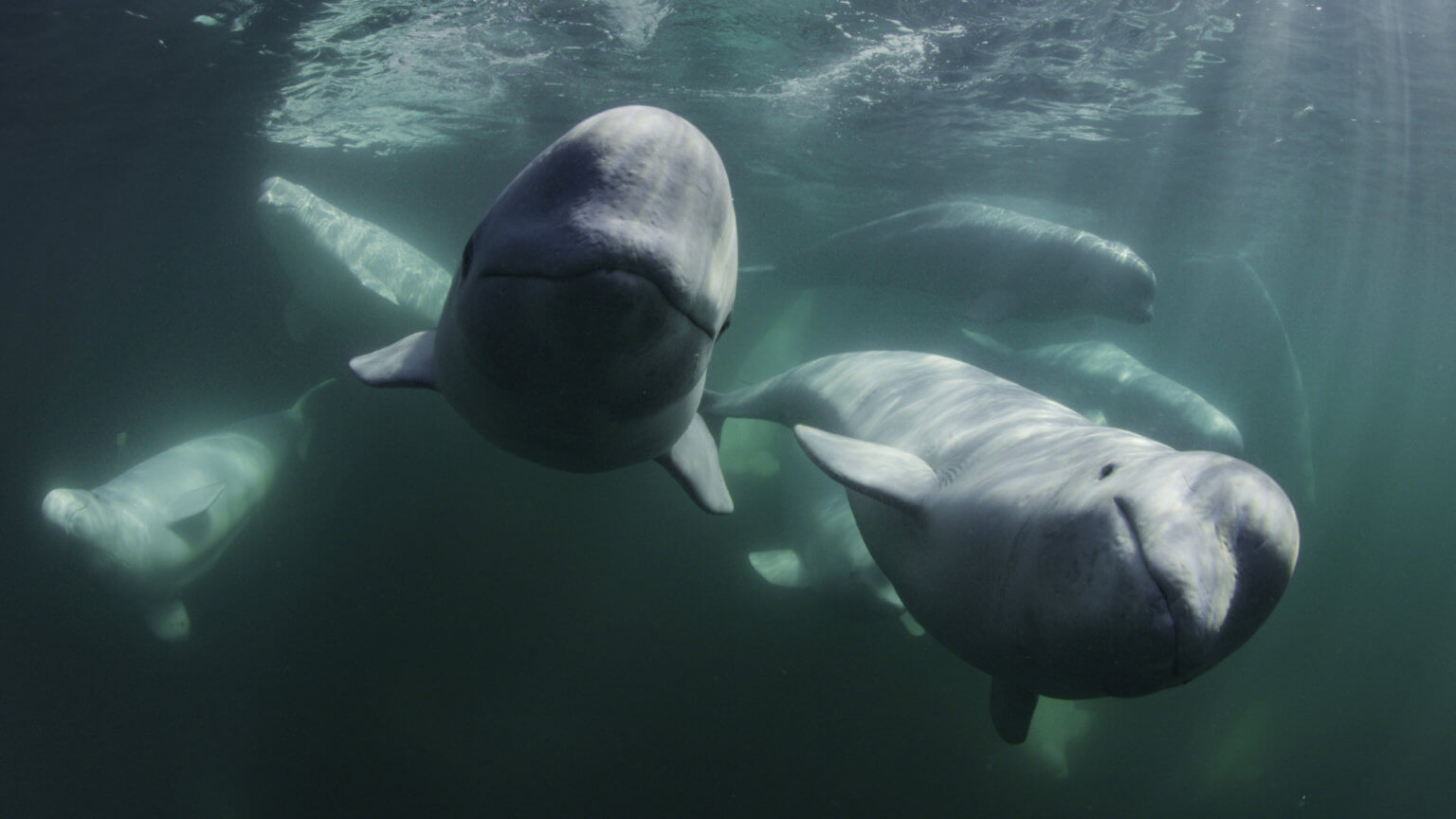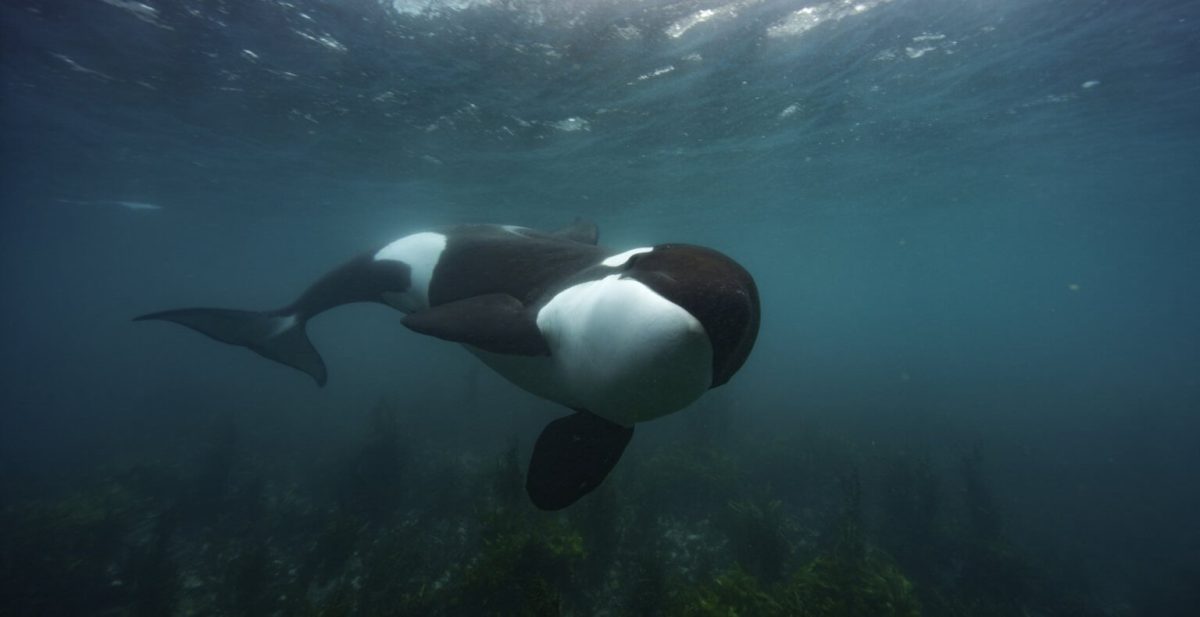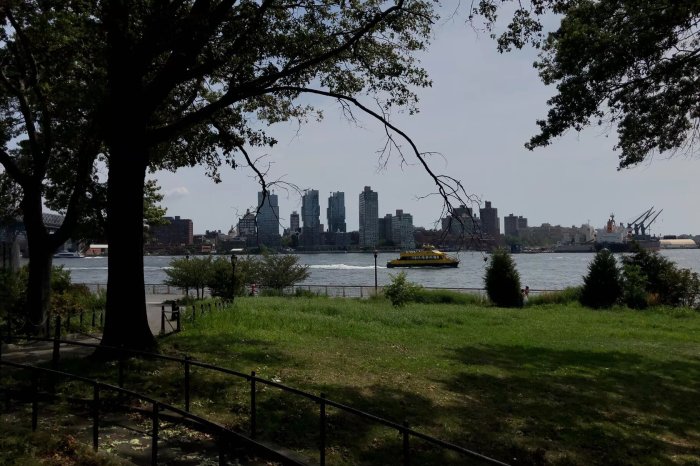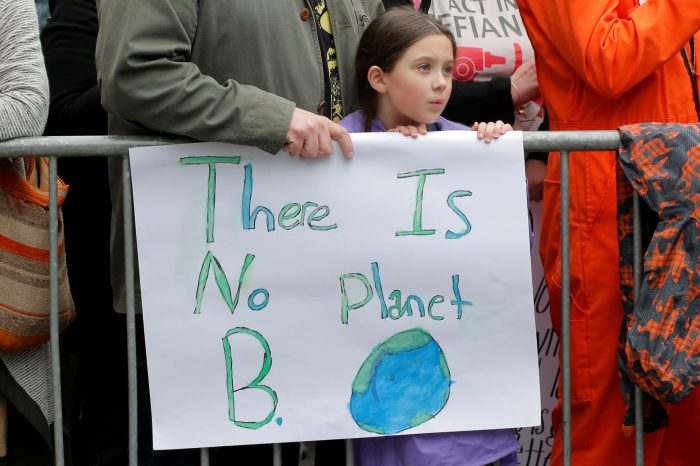By Molly Givwn
National Geographic photographer and award-winning photojournalist Brian Skerry has always been drawn to marine life and underwater species, but there was something about whales that piqued his interest. As he says, we as human beings are living on the same planet with a highly-intelligent alien species, and although from just a glance we seem vastly different, there are some points of culture that actually bind us with nature more than we think.
In Disney+’s latest docuseries, “Secrets of Whales,” Skerry—along with a crew of scientists, cameramen and a strong producing team including director James Cameron—delve deep into five different species: narwhals, humpbacks, belugas, sperm whales and orcas. Over a three year period and 24 different locales around the globe.

That came about through research really. It started with sperm whales. The scientist who really helped me form the foundation has become a good friend, his name is Dr. Shane Gero. He’s from Ottawa, but for the last 15 years he’s worked with sperm whales in the Eastern Caribbean, and he sort of helped me form this idea.
I knew that Sperm Whales were going to be a fundamental foundation for the story, but then I extrapolated—I looked at humpbacks, I read papers about the horizontal transmission of culture through the humpback song, or, how they were doing this generational learning or communal feeding of humpbacks when they migrate from Hawaii to Alaska. 2,500 whales go there but only about 60 engage in this bubble neck feeding community—that’s described as culture.
I looked at Orca, and their food preferences in different parts of the world. In New Zealand they like sting rays, and in the Norwegian Arctic they like herring, or in the Falkland Islands they like elephant seals and they develop strategies…But that’s unique in the world among animals to do that. So, I knew that there were certain places where you could have some degree of predictability by talking to researchers [on] where you can find certain animals at a certain time of the year. I sort of settled on the animals that I was drawn too, but also, on ones that would be diverse.
There are a lot of moments from the series that stuck out to me as a viewer. What are some moments that truly surprised you?
The orca feeding me a stingray in New Zealand, I would never have dreamed that something like that would happen. I had limited time on that trip, I had been in five or six southern countries, came from six weeks in the Canadian Arctic, was home for two days and then went to New Zealand and got this extraordinary moment.
Then, with sperm whales, being able to see for the very first time a six-month-old sperm whale calf nursing with the mom being so relaxed and trusting and allowing me to free-dive down 50 feet and get within a few meters of her and her little baby there. It’s something that has never been seen before. The scientists I showed it to that night said there’s an old saying in the whale biology world that says someday we will know everything there is to know about whales, except for how a sperm whale calf nurses. They couldn’t figure out how that jaw would work, and here we have this frame-by-frame analysis.
What do you hope audiences take away from the series?
Human connections are important, we are social creatures, we get on the hamster wheel of life sometimes with ambition and vocation, and what I was reminded with the whales was they make time every so often to stop and play and reaffirm those bonds. We need that. They are like us and they are different from us, but we share this planet with a highly intelligent alien species and you can’t un-know that. Once you see that, it changes our perception. We are not above or apart from nature, but we’re directly connected to it… And how wonderful is that?



































